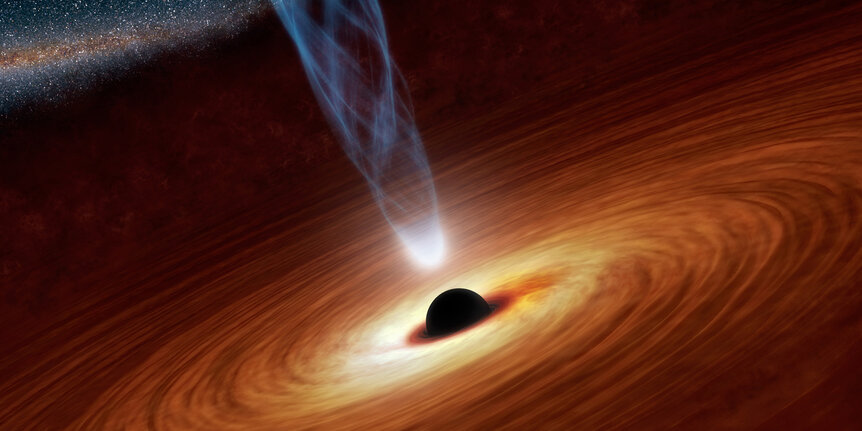Create a free profile to get unlimited access to exclusive videos, sweepstakes, and more!
Elect to take a respite from the day with a spectacular face-on spiral galaxy

Perhaps today is a bit much for you. I know it is and will be for me.
On days like today I sometimes take refuge in the Universe.
Oh, I know how that sounds. But I'm an astronomer, so when I say it like that, I mean it quite literally.
So anticipating a difficult brain day, I went through my notes, my bookmarks, and my saved images, both online and on my computer, to find something that I knew would act as a cosmic balm to ease my troubled brow.
And that's when I found NGC 3147.
Allow me to share:
Ahhhhh, that's better.
NGC 3147 is what we call a face-on spiral galaxy. It lies 130 million light years away in the constellation of Draco, the Dragon. It's 75,000 light years across, so roughly 2/3rd the size of our own spiral galaxy, the Milky Way. This view is care of Wide Field Camera 3 on Hubble Space Telescope. A 4,000 x 4,000 pixel version is available and should keep your jaw dropped for a while.
It's a flat disk of stars, gas, and dust surrounding a central nucleus made up of mostly older stars. We see these galaxies at all different orientations; some edge-on, looking like thick lines or cigars, sometimes at an angle, like with the Andromeda Galaxy. But many are face-on or nearly so, and their magnificent structure is laid out for us to see.
Note the colors. Active regions of star formation make stars of all masses, from feeble red dwarfs to blazing and huge blue monsters. These stellar nurseries tend to be in the spiral arms, so that's where we see blue stars. These massive stars run through their nuclear fuel so rapidly they don't live long, so they die off first, leaving behind yellow, orange, and red stars.
Star formation in the galaxy nucleus ended long, long ago, so all that are left are the redder stars, hence its hue.
You may note a reddish-brown color to some of the arms. That's due to interstellar dust, enormous clouds made of tiny grains of either rocky (silicaceous) or carbon material (like soot). Several dozen light years thick or more, these clouds are opaque to visible light. They scatter blue light away while allowing red to get through better, so stars embedded in that dust look redder to our eyes — the same process that makes Earth's sky blue and sunsets red.
In the very center of NGC 3147, far too small to see here, is a supermassive black hole about 250 million times the mass of the Sun. That's impressive by human standards, though about average for a galaxy this size on a cosmic scale.
We see high-energy radiation coming from it, X-rays and such, which means it must be surrounded by an accretion disk, an enormous flat swirl of gas whipping around it. The material gets heated hugely by friction and glows brilliantly, creating what we call an active galaxy.
Except in this case the glow isn't all that bright, which means the disk is acting oddly. Using a different camera on Hubble (STIS, which provided me with a job for many years), astronomers looked for the disk and saw evidence of it. It starts a mere 30 billion kilometers out from the black hole — less then ten times the distance of Neptune from the Sun — so close that the gas there screams around the black hole at 10% the speed of light!
According to theory, the disk should be far brighter than it is, which is an as-yet unexplained issue. Even if it's not falling into the black hole at a rapid rate it should still be brighter.
A mystery, smack dab in the center of such glory and beauty! This galaxy has it all.
Remember, we can see across vast distances to the greater Universe around us, and, from the meager photons that fall on our eyes, learn a great deal about it. It's huge and uncaring and cold and hot and weird and beautiful and glorious.
We do get mired in our day-to-day, don't we? Buried in our own immediate environment, our own cares and worries. That's fine, that's life.
But please, every now and again, if even for just a moment: Look up.





























